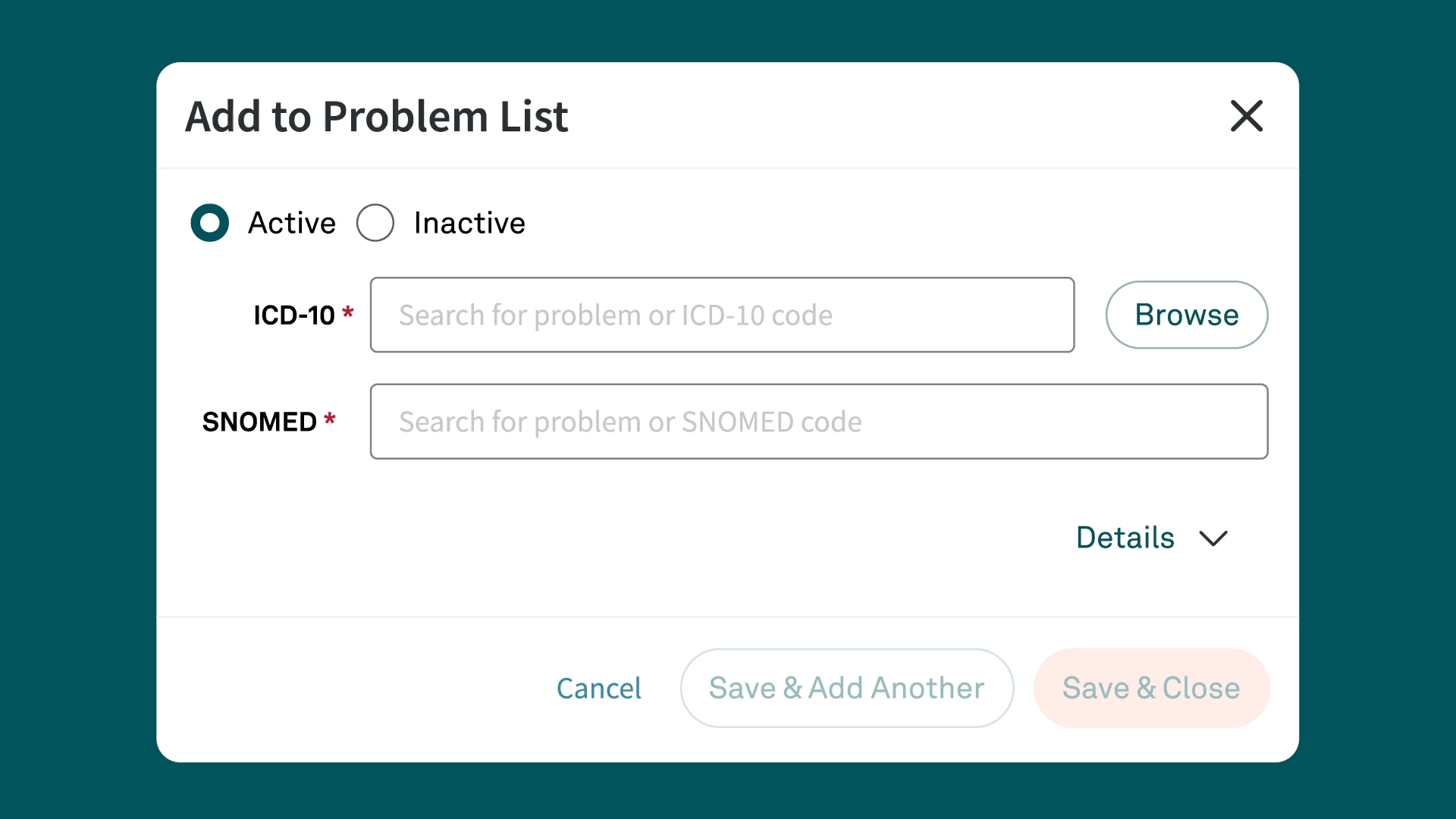ICD-10 Code D69.6
Thrombocytopenia, unspecified
What is the code D69.6?
D69.6 is an ICD-10-CM code used to identify “thrombocytopenia, unspecified.” Thrombocytopenia is a condition characterized by an abnormally low number of platelets in the blood. Platelets are important for blood clotting, and a deficiency can lead to excessive bleeding and bruising. This code is used when the specific cause of the thrombocytopenia is not known or cannot be classified under other specific codes.
Download your free resource now
Access it instantly — just complete the form

Detailed description of D69.6
Thrombocytopenia, unspecified (D69.6), refers to a condition where the platelet count in the blood is lower than normal, and the exact etiology is not determined. Platelets, also known as thrombocytes, are important for the clotting process that stops bleeding. A low platelet count can result from various conditions, including bone marrow disorders, certain medications, infections, autoimmune diseases, and more. The unspecified nature of D69.6 means that the underlying cause is either not identified or not specified in the medical documentation.
Symptoms commonly associated with D69.6
Patients diagnosed with thrombocytopenia may exhibit a range of symptoms, including:
- Easy or excessive bruising (purpura)
- Superficial bleeding into the skin that appears as pinpoint-sized reddish-purple spots (petechiae), usually on the lower legs
- Prolonged bleeding from cuts
- Spontaneous bleeding from gums or nose
- Blood in urine or stools
- Unusually heavy menstrual flow
- Fatigue
These symptoms can vary in severity and may prompt further investigation to determine the underlying cause of the thrombocytopenia.
Related and similar ICD-10 codes
There are several related ICD-10 codes that specify different types or causes of thrombocytopenia:
- D69.3: Immune thrombocytopenic purpura
- D69.41: Evan’s syndrome
- D69.42: Congenital and hereditary thrombocytopenia purpura
- D69.49: Other primary thrombocytopenia
- D69.51: Posttransfusion purpura
- D69.59: Other secondary thrombocytopenia
These codes help in identifying the specific nature or cause of the thrombocytopenia, aiding in more precise documentation and treatment planning.
Appropriate usage and guidelines for D69.6
The ICD-10 code D69.6 should be used when a patient presents with thrombocytopenia, but the cause is not yet determined or has not been documented in the medical record. It is best practice to include comprehensive documentation of the patient's symptoms, clinical findings, and any diagnostic tests performed — however just the documentation of the diagnosis in the physician's assessment is required for coding
Physicians should be cautious and avoid using D69.6 if a more specific diagnosis can be made. For instance, if the thrombocytopenia is due to an autoimmune disorder or medication, the appropriate specific code should be used. Accurate coding is important for effective patient management, appropriate reimbursement, and statistical tracking.
Common pitfalls in coding with D69.6
Several common pitfalls can occur when coding with D69.6:
- Lack of specificity: Using D69.6 when a more specific code is available can lead to inaccurate medical records and potential issues with reimbursement.
- Incomplete documentation: Failing to thoroughly document the diagnosis can result in the misuse of the unspecified code.
- Overuse of unspecified code: Relying too heavily on unspecified codes like D69.6 can obscure the true nature of a patient's condition and hinder appropriate care and management.
Key resources for D69.6 coding
Healthcare providers and medical coders can refer to several resources for accurate coding of thrombocytopenia, unspecified:
- ICD-10-CM Official Guidelines for Coding and Reporting: These guidelines provide comprehensive instructions for using ICD-10 codes.
- Centers for Medicare & Medicaid Services (CMS): CMS offers a wealth of resources and updates on coding practices, including webinars, manuals, and bulletins.
- Coding reference books and software: Reference materials such as the ICD-10-CM codebook can support medical coders and providers.
- Professional coding organizations: Organizations like the American Health Information Management Association (AHIMA) and the American Academy of Professional Coders (AAPC) offer educational resources, certifications, and support for medical coders.
Conclusion
ICD-10-CM code D69.6, representing thrombocytopenia, unspecified, is used for identifying and managing patients with low platelet counts when the underlying cause is not determined or has not been documented in the medical record Accurate documentation and appropriate usage of this code are important for effective patient care, proper reimbursement, and maintaining the integrity of medical records. By understanding the symptoms, related codes, and common pitfalls, healthcare providers can ensure precise and effective use of D69.6 in their practice.
Simplify ICD-10 code documentation with Tebra
Tebra’s EHR+ gives you quick searches and Systematized Nomenclature of Medicine (SNOMED) field names for efficient code documentation. Plus, Tebra automatically saves ICD-10 to SNOMED mapping for future searches, streamlining your workflow.

Discover how Tebra helps providers effortlessly document health-related issues and conditions in this detailed post.
Stay Ahead with Expert Healthcare & Billing Insights
Get the latest industry updates, financial tips, and expert strategies — delivered straight to your inbox.


